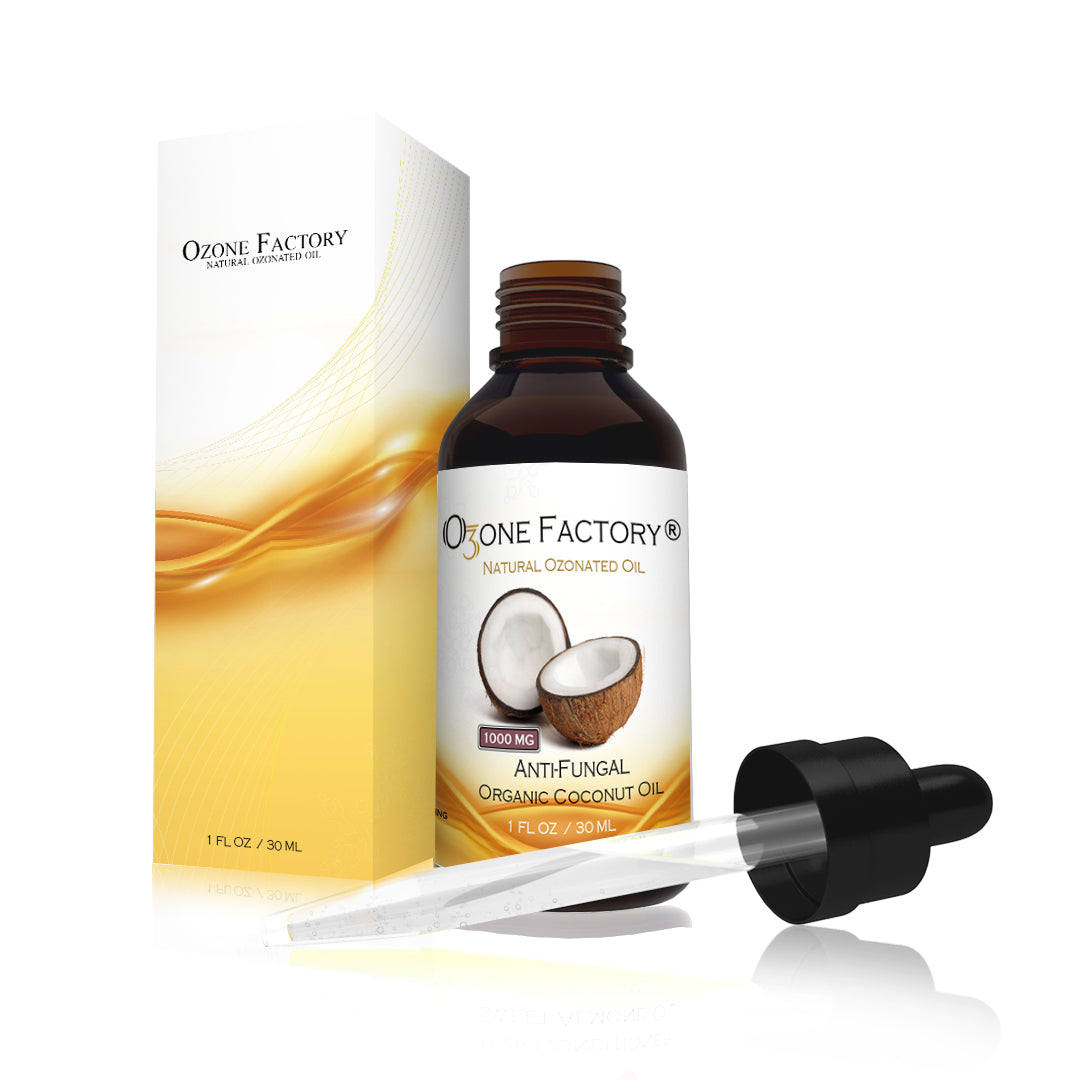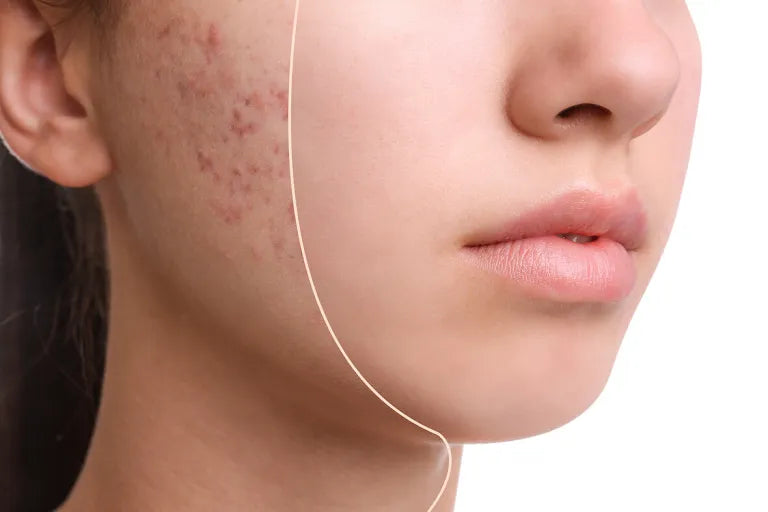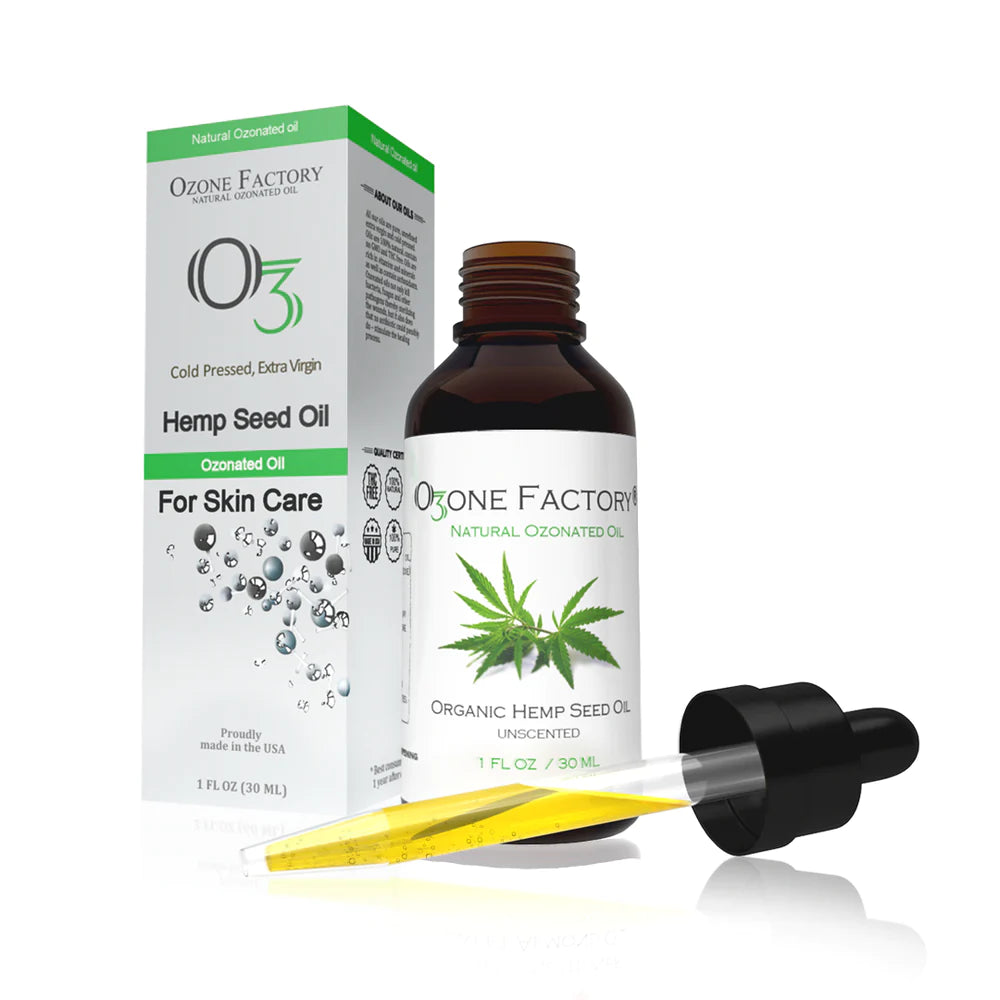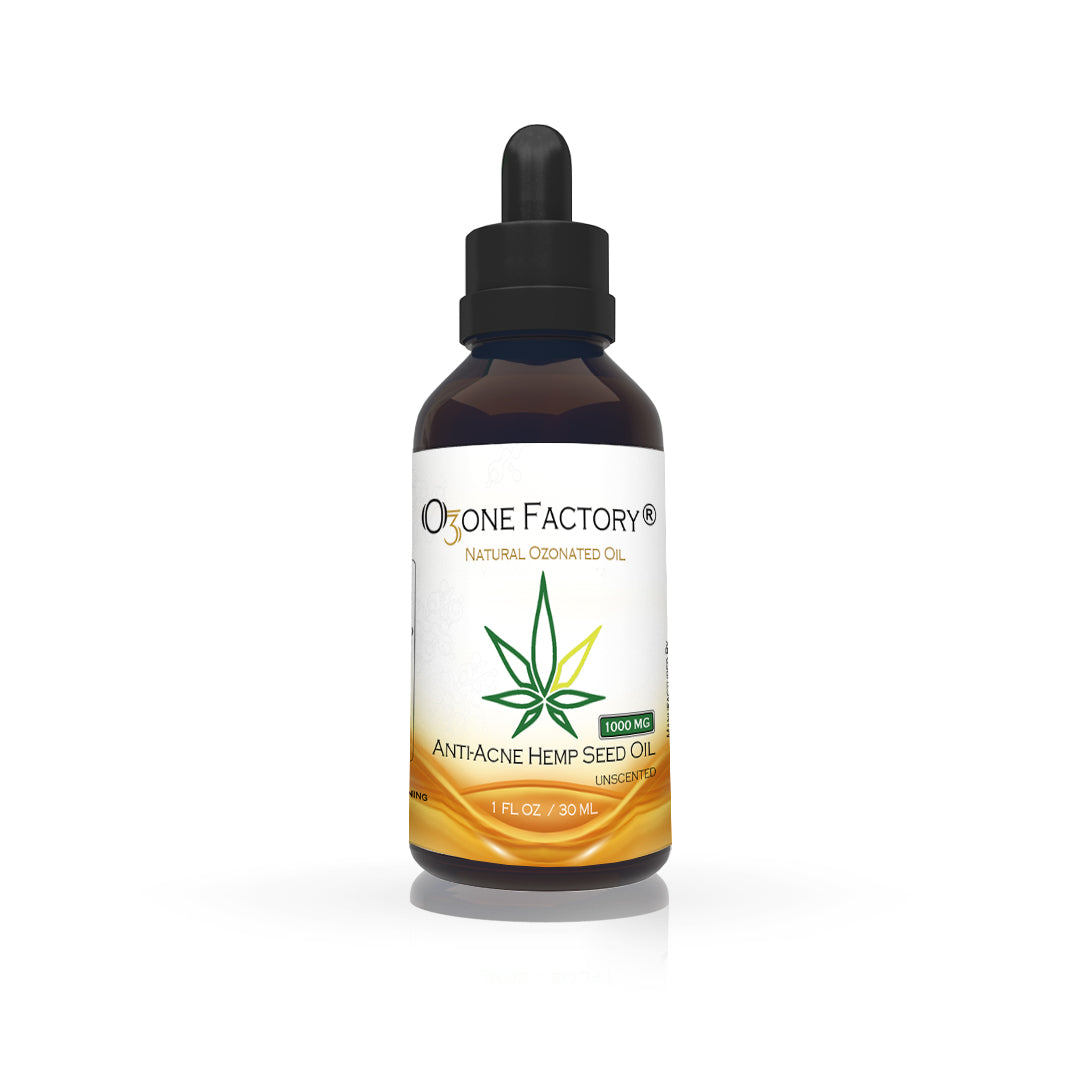Because of the infectious diseases associated with the oral cavity, there has been interest in ozone use in dentistry due to its antimicrobial properties. Ozone has been used in various fields in dentistry such as periodontology, endodontics, and maxillofacial surgery. It has proved to be effective against gram-negative and gram-positive bacteria, viruses, and fungi.

Ozone therapy vs caries
Dental caries is a bacterially mediated disease characterized by the demineralization of the tooth surface, which may lead to cavitation, discomfort, pain, and even tooth loss, and it is a major oral health problem that affects 60–90% of schoolchildren and a vast majority of adults. Bacteria play a very important role in the initiation and progression of carious lesions. Reducing the levels of caries associated bacterial species in dental plaque is one of the preventive strategies to prevent the initiation of caries and to treat the disease. Furthermore, to prevent secondary caries that may be related to the presence of residual bacteria under restorations, the use of an antibacterial treatment after caries removal seems to be meaningful. A novel concept ozone therapy has been introduced for the treatment of caries, disinfection of the cavity, and reduction in the levels of caries-associated microorganisms.
If your dentist discovers areas of your mouth that are suffering from tooth decay, ozone therapy can be used to eliminate cavity-causing bacteria. By placing it on the infected areas, it will penetrate the smallest areas to destroy bacteria and restore your tooth's calcification.
The jet of ozonatd oil or water removes all purulent material and disinfects the area. The ozone probably activates the local circulation and may stimulate the production of the usual cytokines, promoting the healing process.

Periodontal Infection
Periodontitis also called gum disease, is a serious gum infection that damages the soft tissue and, without treatment, can destroy the bone that supports your teeth. Periodontitis can cause teeth to loosen or lead to tooth loss. Periodontal (gum) disease is most commonly associated with halitosis.
Knowing there are 700 oral bacterial species and as many as 19,000 different phenotypes suspected as causative agents in periodontal attack, and with the current knowledge of the formation of biofilm and its layering and protective elements, new nonspecific treatments must be found. Ozone fulfills these criteria. Ozone gas, ozonated oils and water can be applied into the sulci, or directly into abscesses or even directly into areas of chronic infection to curb and eliminate the bacterial populations.

Ozone in Endodontics
Germs, often from carious processes, enter the tooth and progress deeper into the pulp or ‘nerve'. There are multiple lateral canals and a periapical space that can all be inhabited by pathogenic bacteria. Enterococcus faecalis has been implicated as a major causative factor in endodontic disease and is particularly resistant to sodium hypochlorite, the antimicrobial most commonly employed in endodontic (root canal) therapy. Ozone has been shown to be effective in eliminating this organism as well as all others including viruses and fungi found inside roots. Using ozone gas and ozonated oils and water, the depth of penetration of this therapy can reach its intended targets. Additonally, the bone at the end of the roots is often shown to harbor pathogenic bacteria for many years after traditional root canal therapy has been completed. Ozone can eliminate those bacteria that infest this region and remove toxic waste products that effectively prevent complete healing of the osseous structures.

Viral and Fungal Infections
Ozone is particularly well suited to the management of viral and fungal lesions. The pain and disfigurement of perioral herpetic infections is a good example. In short order, the practitioner can render the areas comfortable and significantly accelerate the healing process. Interestingly, around 25% of lesions treated with ozone do not appear to recur. Both gas and ozonated oils are well suited to managing viral infections.

What Are the Benefits of Ozone Therapy?
-
A minimally invasive procedure
-
Naturally safe and effective at killing bacteria and sterilization
-
Prevents and treats infection
-
Enhances your body’s immune response
-
Reduces and treats gum disease and cavities
-
Slim to none chance of an allergic reaction
-
Encourages better blood flow
-
Promotes a quicker healing response







